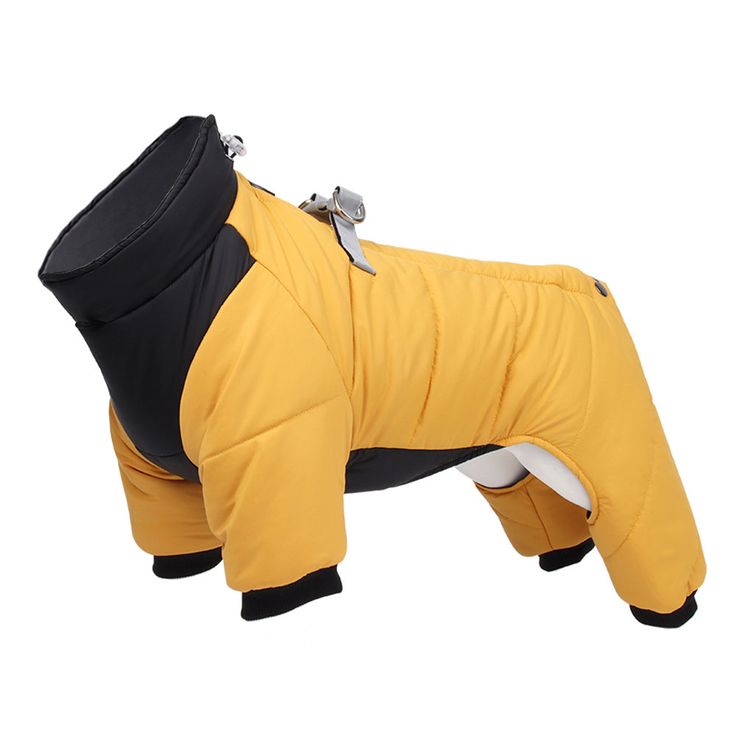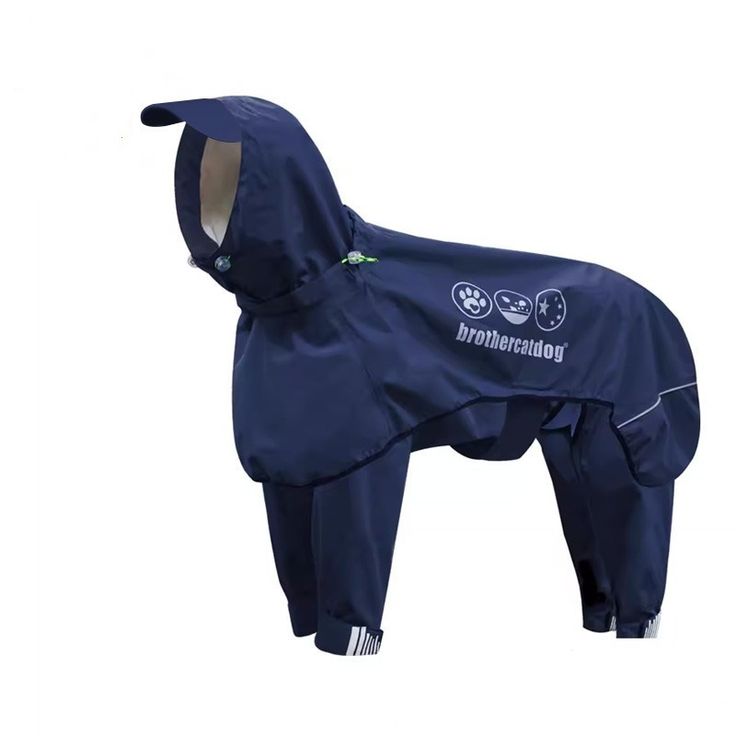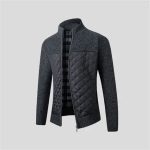
Understanding Your Dog’s Needs
Before diving into the world of coat for dogs, it is essential to understand your dog’s specific needs. Every dog is unique, and their requirements can vary significantly. Different dog breeds have varying tolerances to cold weather. For instance, small breeds like Chihuahuas and Toy Poodles often struggle more in chilly conditions. They have less body fat and a higher surface area to volume ratio, which makes them more susceptible to the cold.
On the other hand, larger breeds with thick double coats, such as Huskies and Newfoundlands, are naturally better equipped to handle frigid temperatures. These breeds have evolved to thrive in harsh climates, allowing them to remain comfortable even in low temperatures. However, it is important to remember that not all dogs of the same breed will have the same endurance to cold.
Additionally, factors like your dog’s age, health condition, and activity level play a significant role in determining their comfort level. Older dogs or those with joint problems may appreciate an extra layer of warmth to soothe their aching joints. Conversely, highly active dogs need a coat that allows for a full range of motion during their adventures. Understanding these factors will help you choose the perfect coat for your furry friend.
Sizing Matters: Getting the Right Fit
One of the most important aspects of choosing a coat for dogs is getting the correct size. An ill-fitting coat can cause discomfort for your dog and may restrict their movement. In some cases, it can even pose a safety hazard. To ensure a proper fit, accurate measurements are essential. You will need a flexible measuring tape for this task.
Start by measuring the length of your dog’s back. This measurement is taken from the base of the neck, where the collar sits, to the base of the tail. This will help you determine the appropriate length of the coat. Next, measure the girth of your dog, which is the widest part of their chest. This measurement is usually taken just behind the front legs. Make sure the tape is snug but not too tight, as this could lead to discomfort.
Once you have your measurements, refer to the sizing chart provided by the manufacturer for each coat model. Sizes can vary significantly between different brands, so it is crucial to check. Remember, a good fit should allow your dog to move freely. You should be able to comfortably slide two fingers under the coat at any point, ensuring that there is no tightness around the legs, neck, or belly.

Material Selection: Prioritizing Comfort and Durability
Style and Design: Function Meets Fashion

Additional Features to Look For
Maintenance and Care
To ensure your dog’s coat lasts for a long time, proper maintenance and care are essential. These steps help the coat continue to provide optimal comfort and protection for your furry friend. Always start by carefully following the care instructions provided by the manufacturer. Most dog coats can be machine washed, but it is important to use a gentle cycle. A mild detergent should also be used to prevent damage to the fabric.
When cleaning the coat for dogs, avoid using fabric softeners. These can reduce the water-resistant properties of the coat, rendering it less effective against the elements. After washing, it’s best to air dry the coat. Using a dryer with high heat can shrink or warp the material, which could affect its fit.
Additionally, regularly inspect the coat for any signs of wear and tear. Look for loose seams, broken zippers, or damaged straps. Promptly repairing or replacing the coat as needed will ensure that it remains in good condition. Taking these steps will help maintain the coat’s functionality and keep your dog comfortable.

Trying Before Buying
Whenever possible, it’s a good idea to let your dog try on the coat before making a purchase. This allows you to assess how the coat fits and how your dog moves in it. Observing your dog’s behavior while wearing the coat can provide valuable insights. Pay attention to their comfort level.
If your dog seems reluctant to move or displays signs of discomfort, such as excessive scratching or biting at the coat, it may not be the right fit. A coat should allow for free movement rather than restrict it. Taking your dog to a local pet store is a great option. This way, you can try on different styles and sizes together.
If you are considering online shopping, look for retailers that offer a generous return policy. This ensures you can return the coat for dogs if it doesn’t fit well or if your dog doesn’t seem to like it. Taking the time to try on a coat can lead to a better shopping experience and a more comfortable coat for your furry friend.
Budget Considerations







